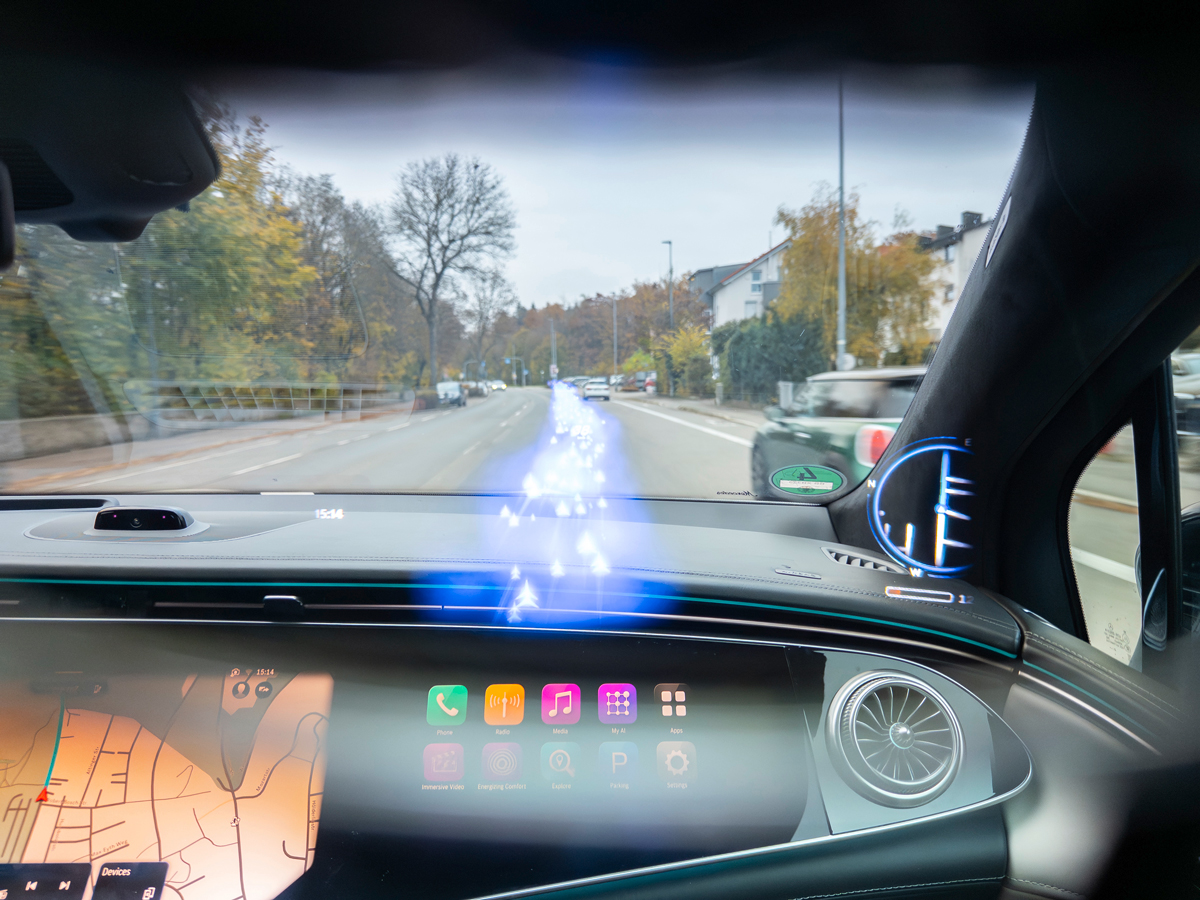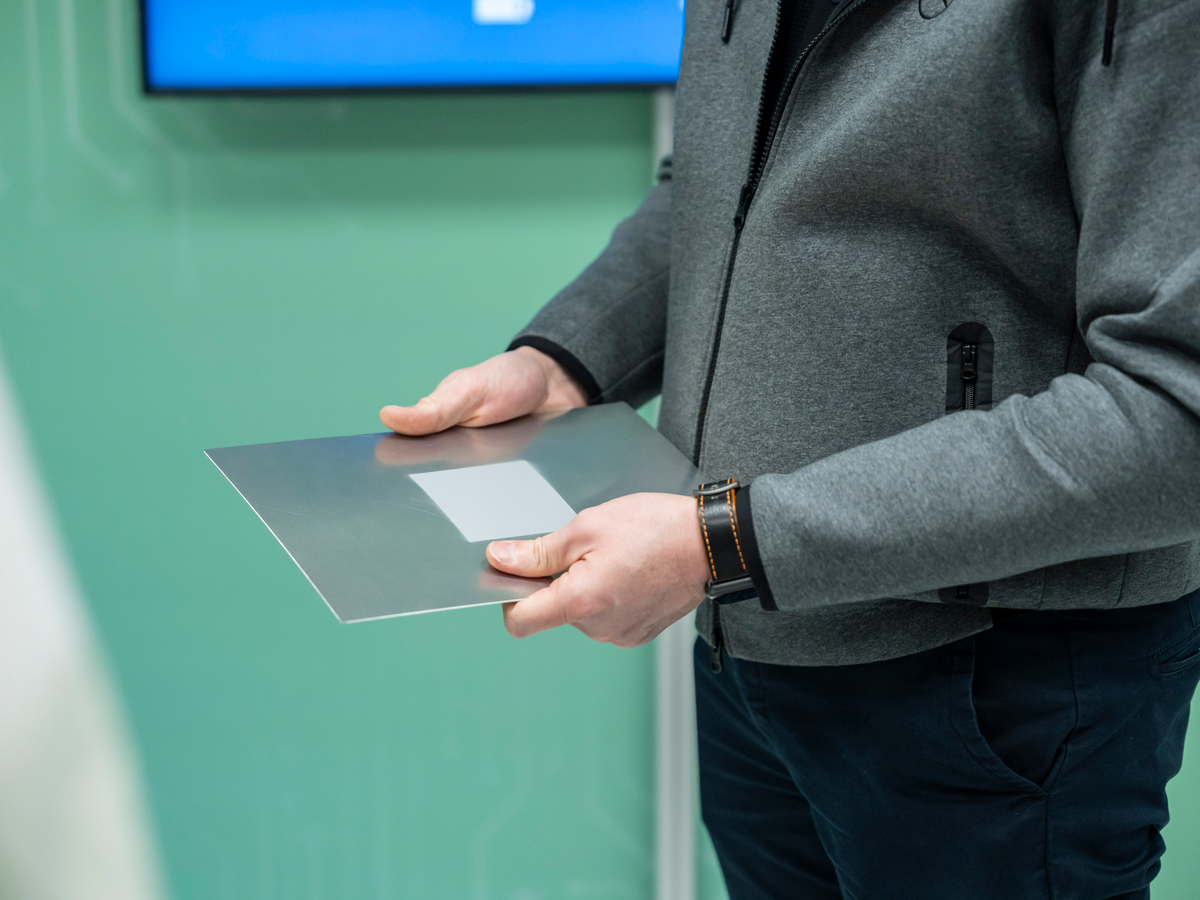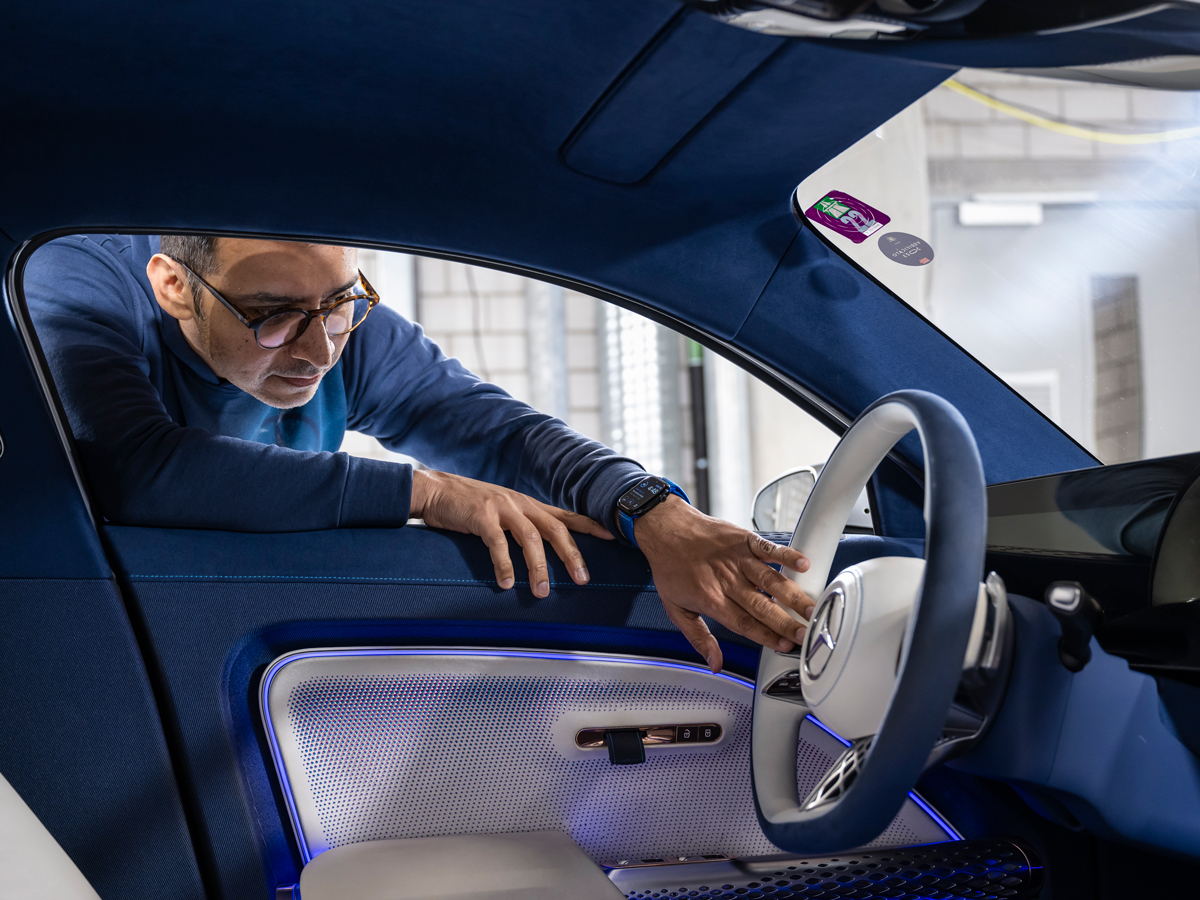It’s an obvious problem to see cities around the world getting denser and even more troubled with traffic. Futurists at Mercedes Benz have developed images based on various collaborations with city authorities around the globe, technology experts and urban planners to come up with a vision of life on the streets in the year 2040. While the vision is based on some of the more developed cities like Los Angeles, Shenzhen and London, the common thread across all of them is the need for smarter streets. From smart signages to smarter cars, Stuff (India) was taken behind the scenes of the Mercedes Future Technologies Lab to have an early preview of what the Mercedes mavens are dreaming up.
ALSO SEE: EXCLUSIVE! Next-gen Mercedes CLA

.jpg&w=35&h=35&q=70&c=1)










